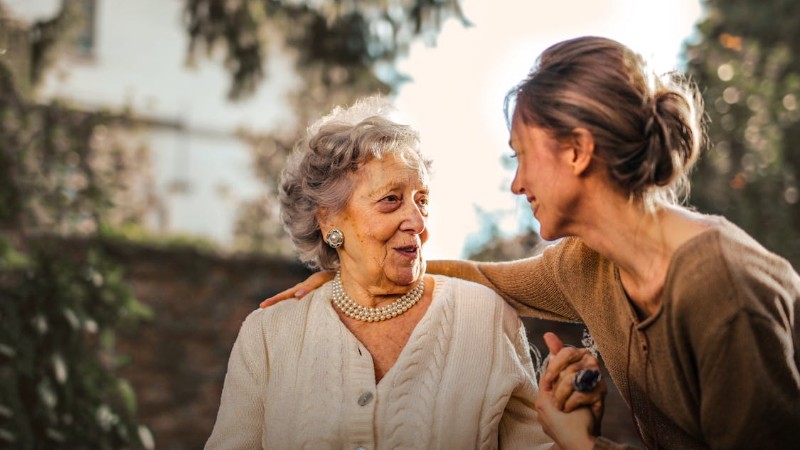With rapid changes in technology and new societal norms, generations can feel distant. But this distance offers a chance for growth, understanding, and support through connections between different age groups. Rather than just closing the gap, new programs focus on how these connections can transform how we live, work, and succeed together as a community.
Traditionally, intergenerational programs aimed to reduce social isolation for older adults or provide mentorship for younger people. However, new initiatives are redefining these connections, challenging old ideas about how different ages interact.
For example, modern programs now focus on co-creation. Instead of one group helping the other, both generations work together as equals to create shared value. Whether it’s making community art, working on environmental projects, or starting a podcast together, these efforts go beyond traditional roles and foster a shared sense of purpose.
This change reshapes the story: younger generations bring new ideas and tech skills, while older generations offer experience and a long-term perspective. The outcome? A lively partnership that benefits not just individuals but entire communities.
Learning through the lens of generational wisdom
A new trend is “reverse mentorship.” We usually think of older people as the teachers, but now many intergenerational programs are changing this. Younger people are becoming mentors for older adults. Digital skills are crucial today, and younger generations help older ones learn to use smartphones, social media, and online platforms. This gives young people a chance to lead and helps older adults stay connected in our digital world.
This exchange also includes sharing culture. Younger people discuss current issues like climate change, social justice, and mental health, which helps older participants understand today’s world better. Older generations share historical insights, offering lessons from past experiences that inform and inspire the young.
Addressing loneliness through innovation
Loneliness isn’t just an issue for older people; young people feel it too. In today’s digital world, many young adults feel disconnected because meaningful face-to-face conversations are hard to find. Intergenerational programs can help both young and old by promoting genuine connections.
https://twitter.com/Shomicita/status/1623290014569308163
Shared living programs are becoming popular to tackle loneliness. These programs pair young adults, like college students or young professionals, with older individuals looking for companionship. Unlike regular housing, these setups are about give-and-take: the young person might help with chores or technology, while the older person provides a supportive home environment.
The advantages aren’t just social; they’re emotional too. Both young and old find a stronger sense of purpose and connection, proving that loneliness doesn’t have to be part of aging or our world today.
Workplace harmony through generations
Intergenerational connections are changing how workplaces operate. Businesses are starting to value having teams made up of different age groups. It’s not just about older employees mentoring younger ones; it’s also about working together to find solutions that use the strengths of each generation.
For example, younger workers are often great with new tech, while older team members have valuable experience and know-how. When companies mix these skills, they notice more new ideas, happier employees, and a better workplace environment.
Some innovative companies even set up intergenerational “hackathons,” where employees of all ages come together to solve real-world issues. These events encourage teams to move beyond stereotypes and use the unique viewpoints of each generation.
A blueprint for the future
As intergenerational programs grow, their success depends on being flexible and creative. Instead of just trying to fix problems, these programs can create new opportunities by challenging the old ideas about age and what people can do. The secret is to create experiences where each generation can truly contribute, without one taking over.
Policymakers, educators, and community leaders have a special chance to help by building places where these connections can flourish. Investing in shared spaces and including intergenerational activities in school programs are just a couple of ways to make these relationships a key part of everyday life.














